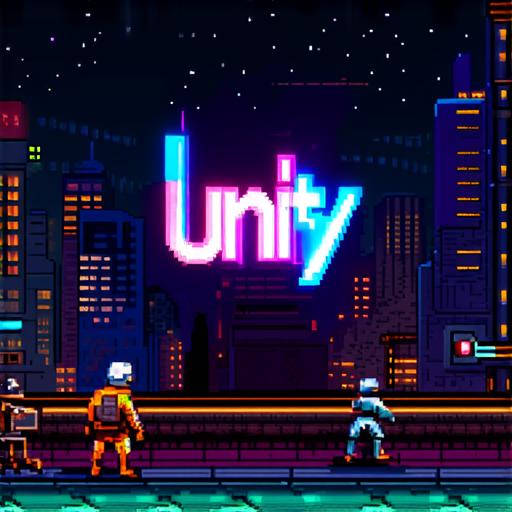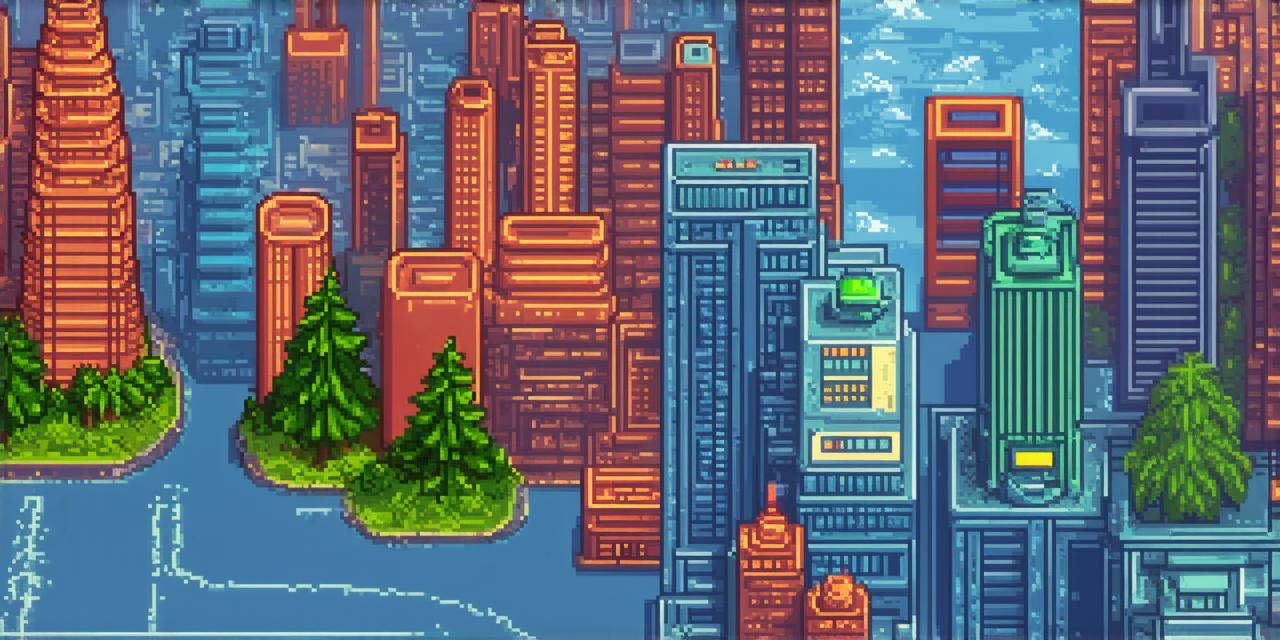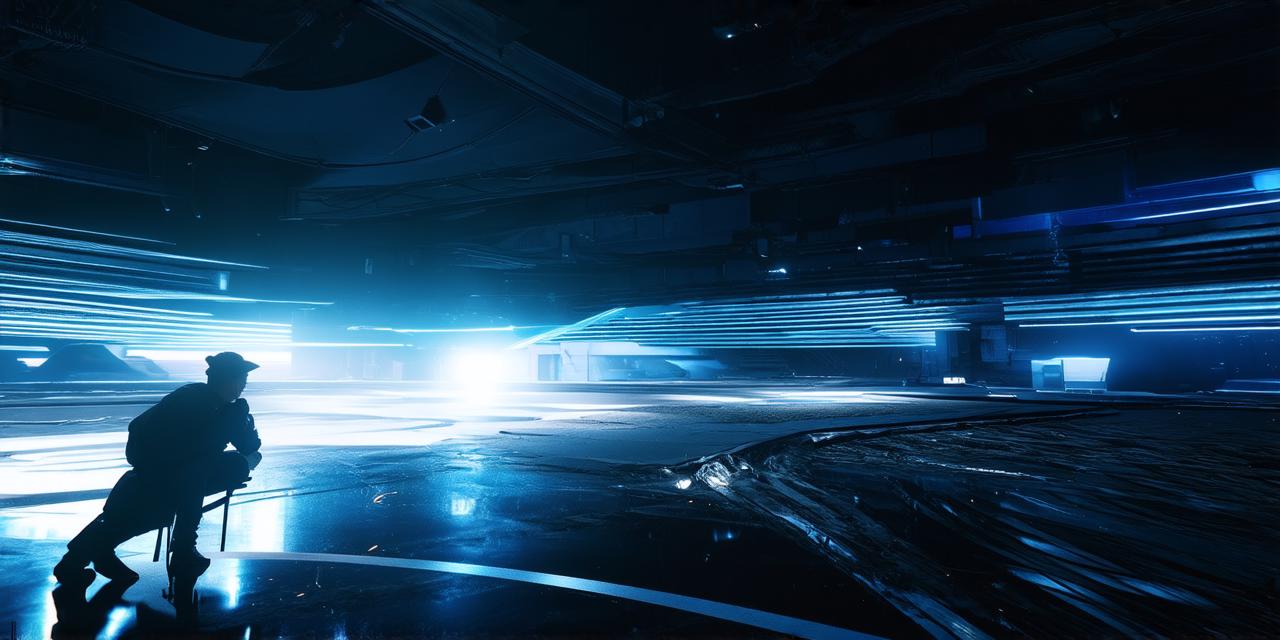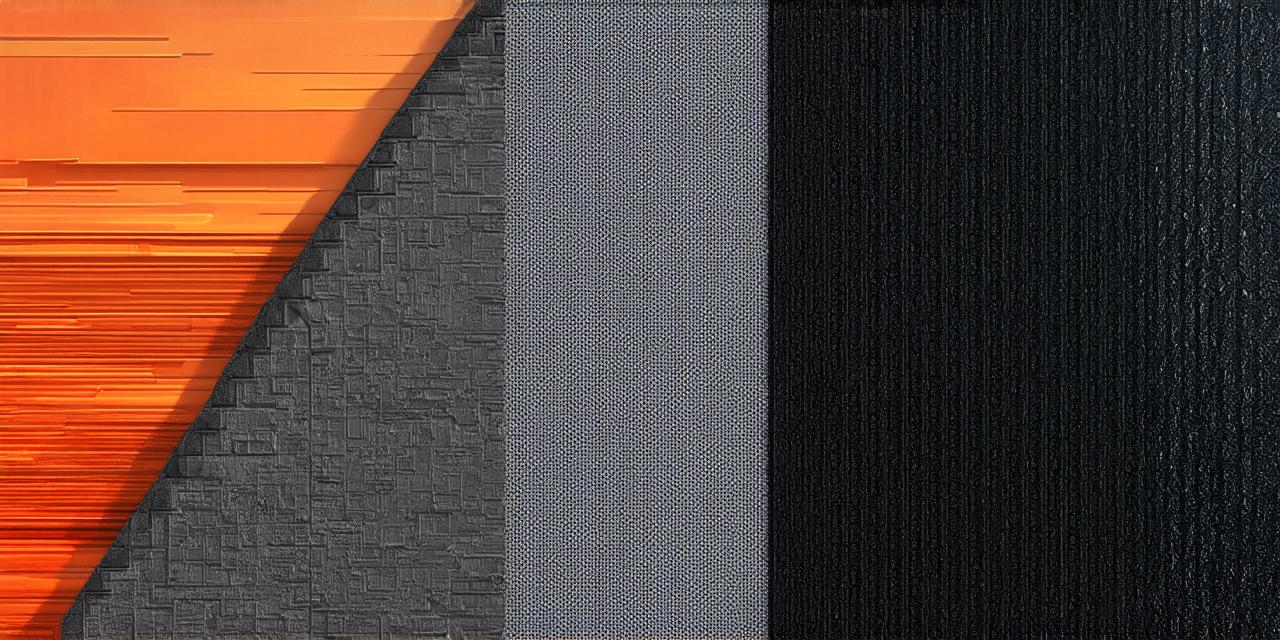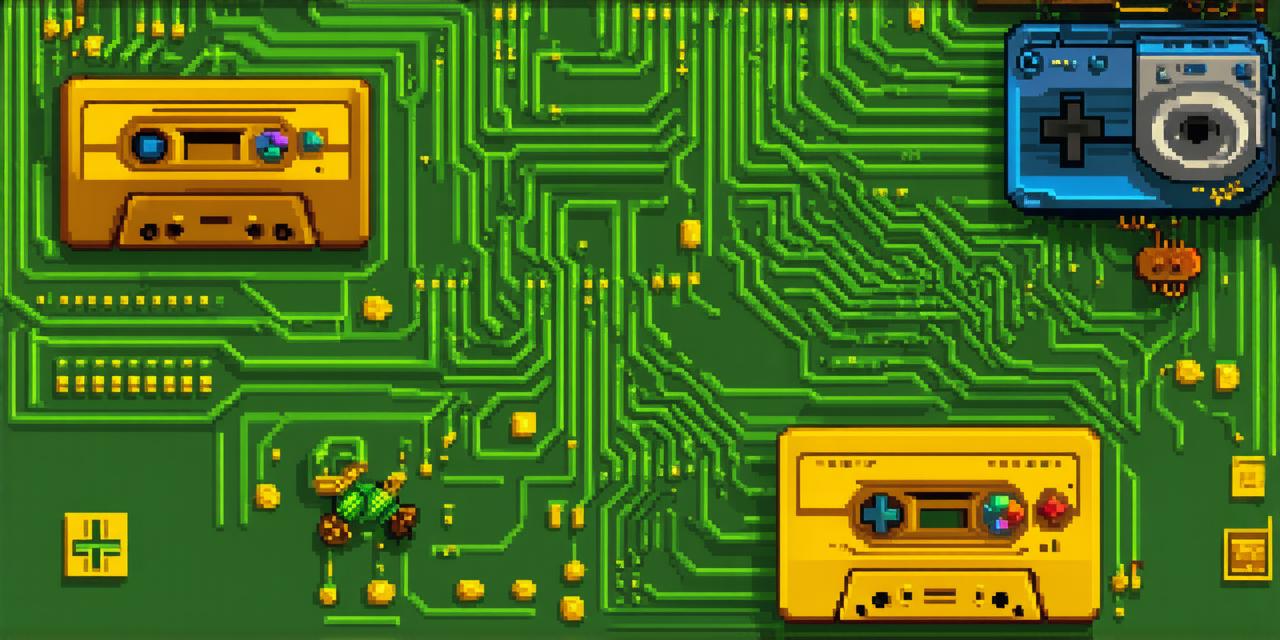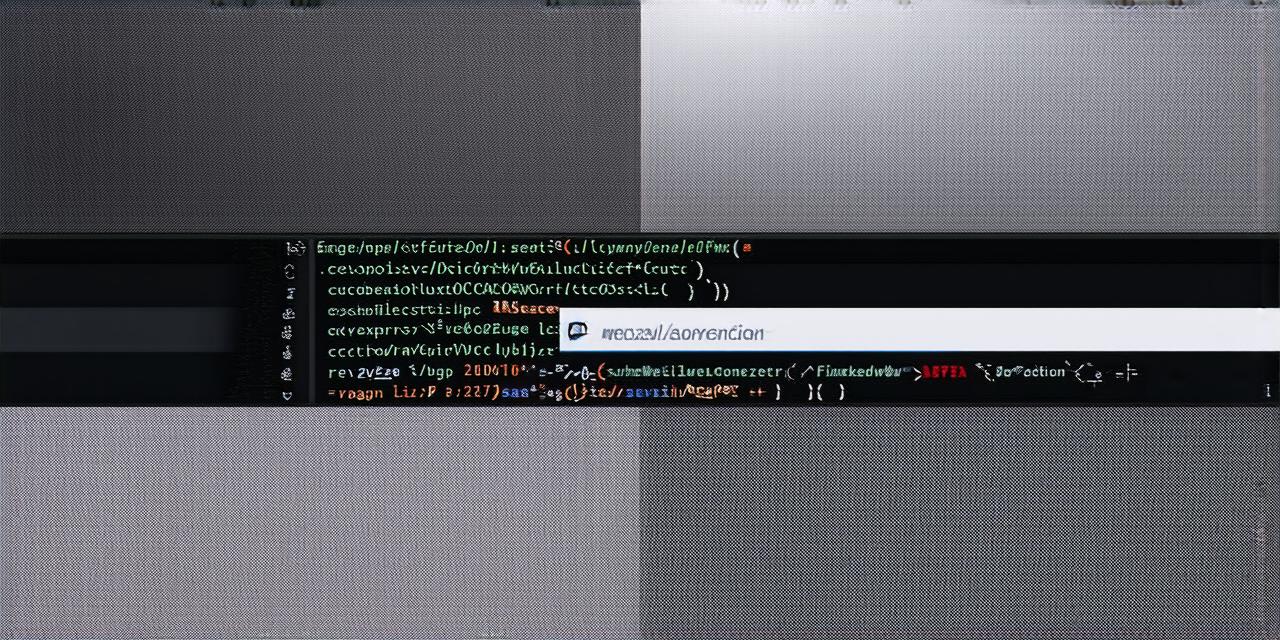When it comes to game development, Unity is undoubtedly one of the most popular and versatile engines out there. With its wide range of features and capabilities, Unity can be used to create everything from simple 2D games to complex 3D experiences.
However, the level of difficulty involved in creating a game in Unity can vary greatly depending on the type of game being developed.
In this article, we will explore the differences between creating a 2D and 3D game in Unity, and determine which is easier for developers.
First, let’s start with the basics. A 2D game is a game that is designed to be viewed from a top-down or side-on perspective, where all objects and characters are flat. These types of games can include platformers, puzzle games, and other types of games that do not require depth perception.
On the other hand, a 3D game is a game that is designed to be viewed from any angle, with objects and characters having three dimensions. These types of games can include first-person shooters, adventure games, and other types of games that require depth perception.
When it comes to creating a game in Unity, the level of difficulty can vary greatly depending on the type of game being developed. 2D games, for example, tend to be easier to create than 3D games.
This is because they do not require as much depth and complexity as 3D games, which can make them faster to develop and test. Additionally, Unity has built-in tools that are specifically designed for creating 2D games, such as the 2D tools package and the 2D UI tools.
These tools can simplify the development process and make it easier for developers to create high-quality 2D games.
On the other hand, 3D games can be more challenging to create in Unity due to their complexity and depth requirements.
Creating a 3D game requires a deep understanding of various aspects of game development, such as lighting, texturing, and animation. Additionally, creating 3D assets can be time-consuming and resource-intensive, especially when working with large amounts of data.
However, Unity also has many tools and features that can help simplify the process of creating a 3D game, such as the Physics engine and the particle system.
So, is creating a 2D game in Unity easier than making a 3D game? The answer is yes, for the most part. However, it’s important to keep in mind that the level of difficulty can vary greatly depending on the specific requirements of the game being developed.
Additionally, while 2D games may be faster and easier to develop, they may not be as visually impressive or engaging as 3D games. Ultimately, the choice between creating a 2D or 3D game in Unity will depend on the specific needs and goals of the developer or development team.
In conclusion, when it comes to game development in Unity, 2D games are generally easier to create than 3D games due to their simplicity and reduced complexity. However, this does not mean that 3D games cannot be created in Unity, as there are many tools and features available to simplify the process and make it more efficient. Ultimately, the choice between creating a 2D or 3D game will depend on the specific requirements of the project and the skill set of the development team.
